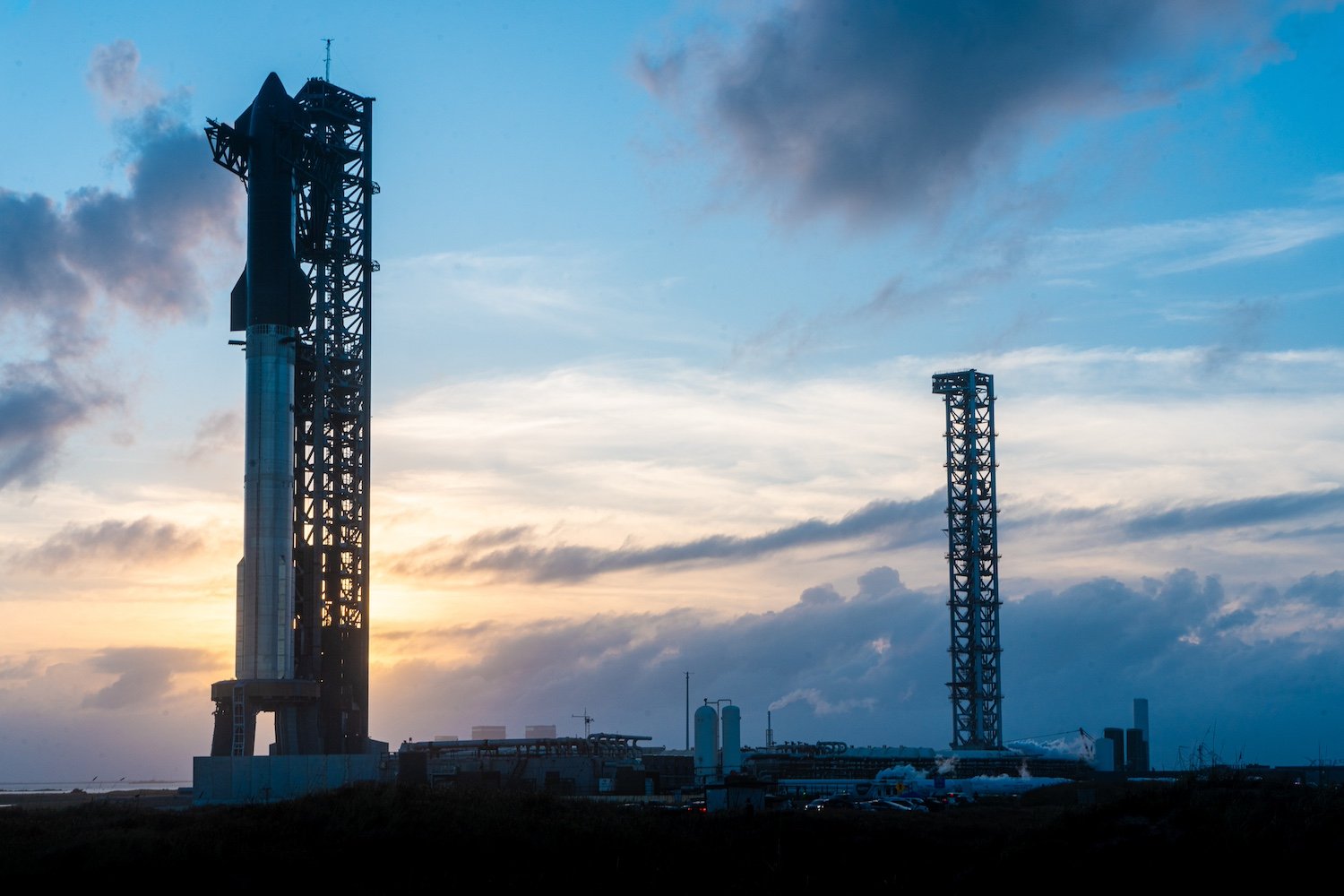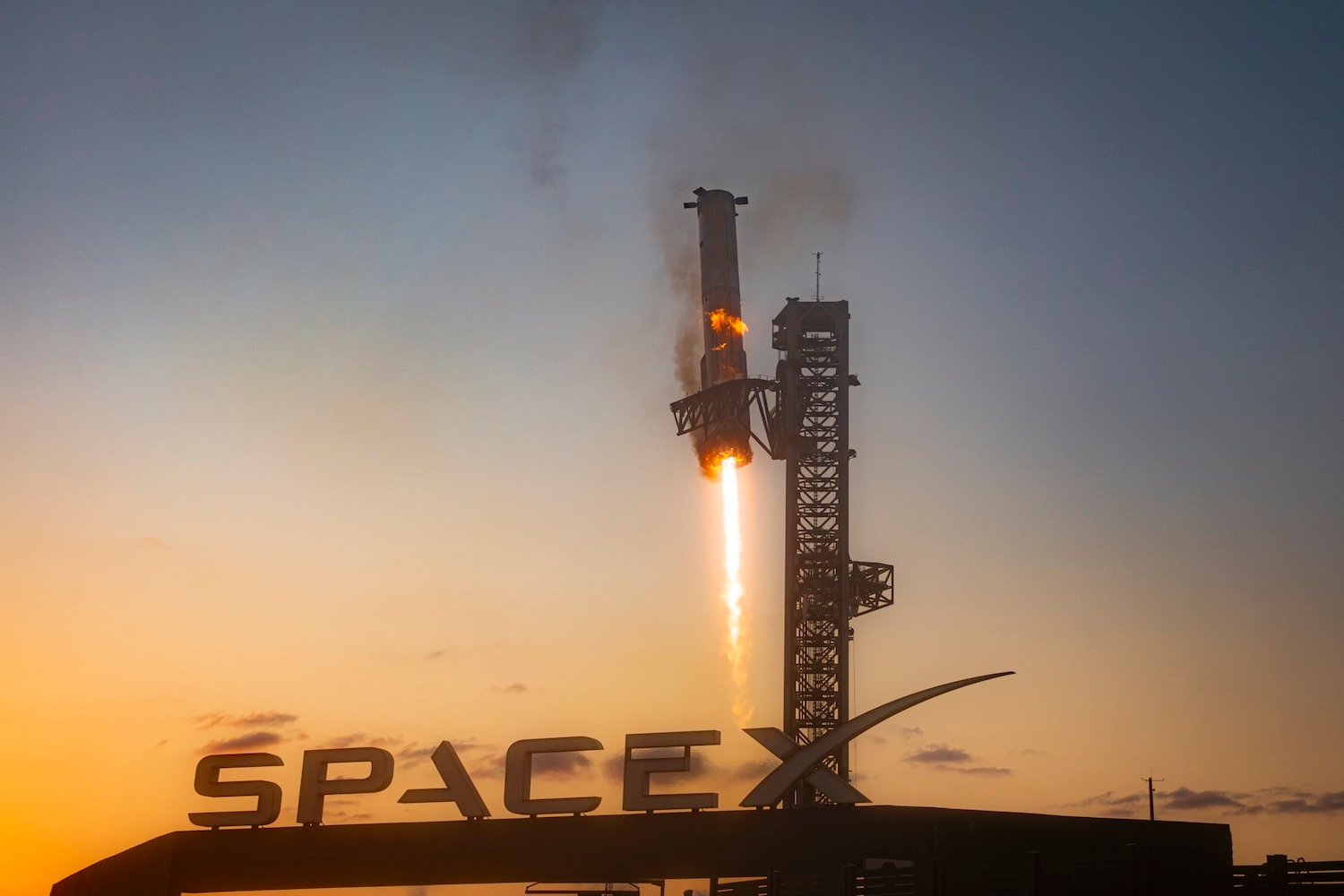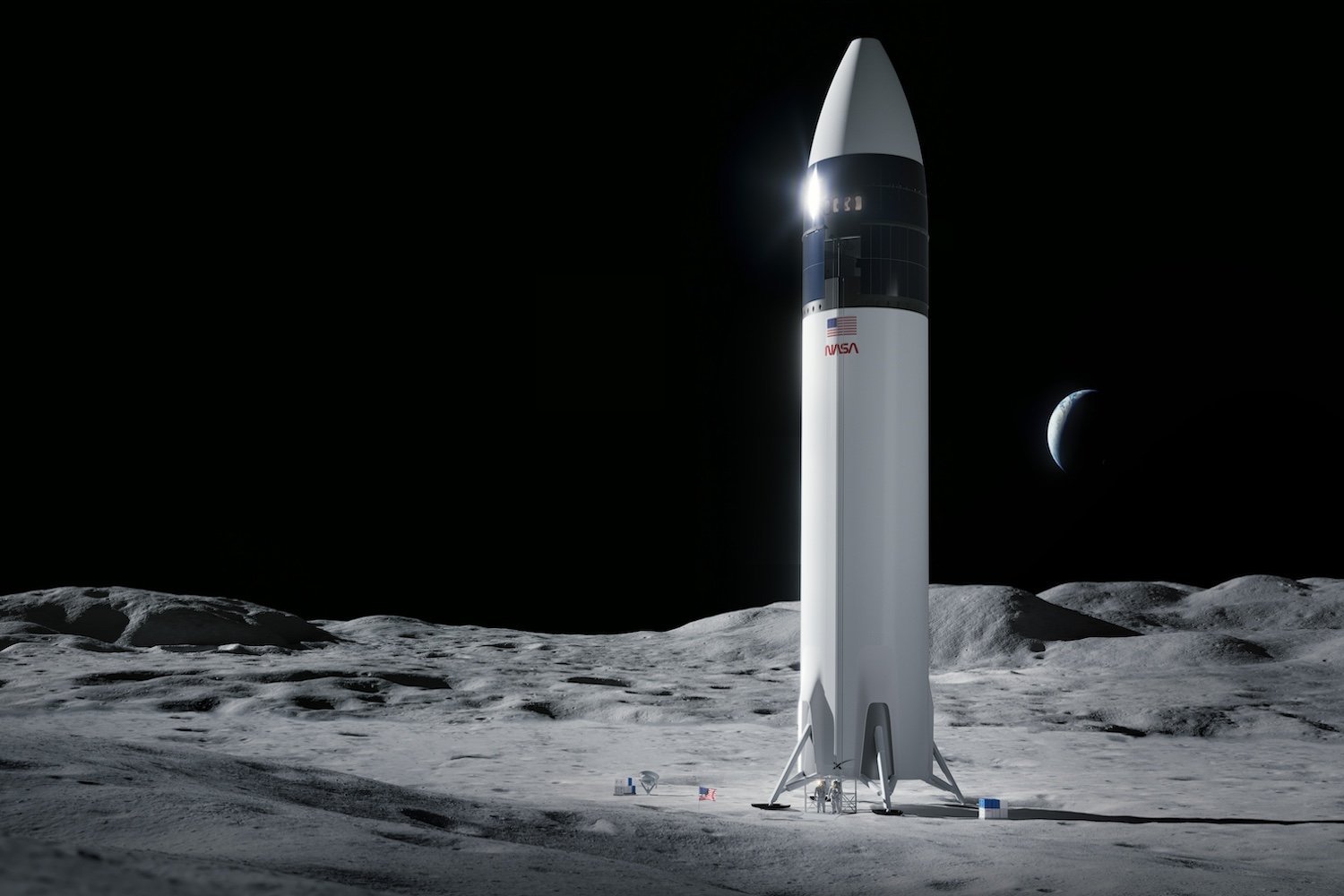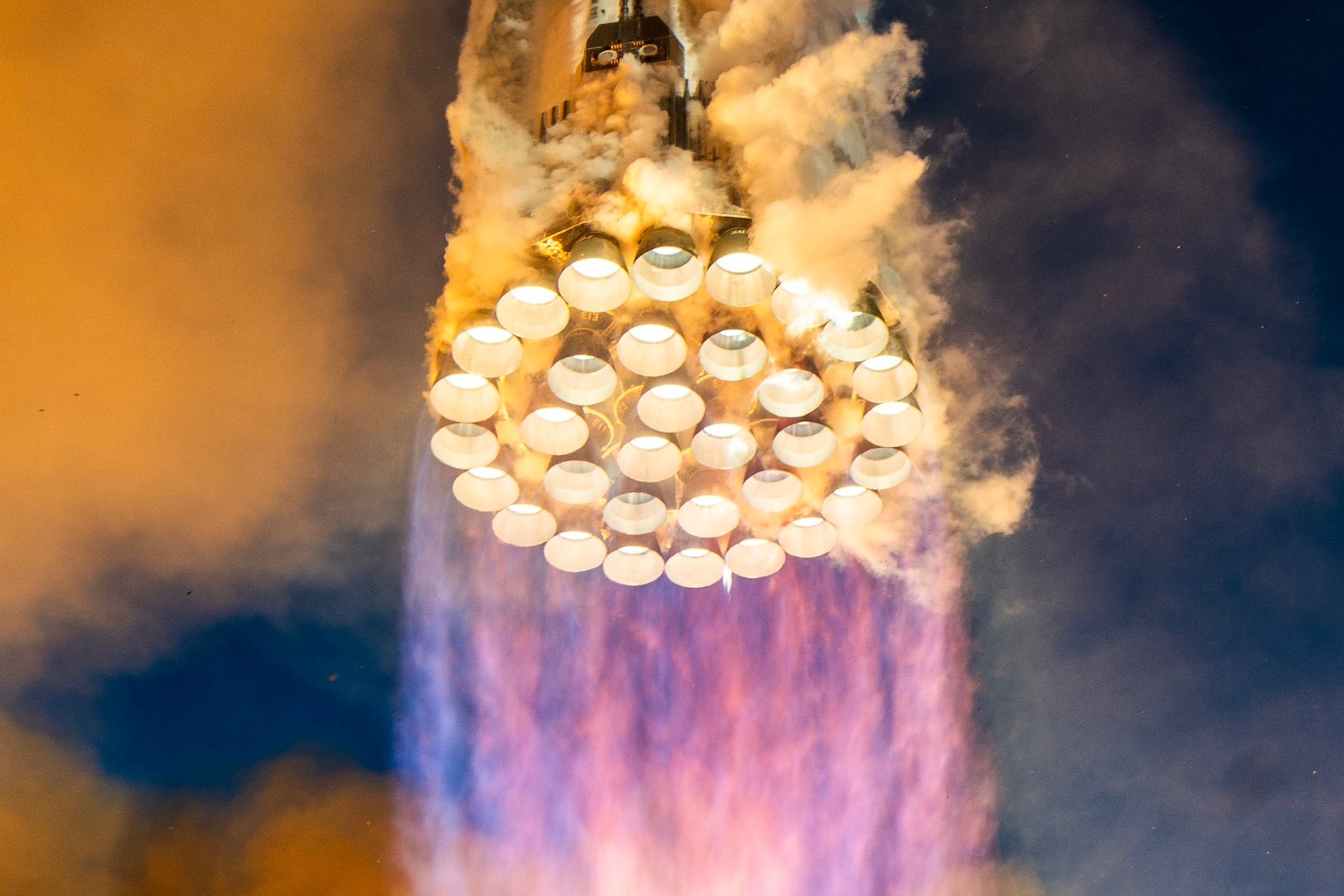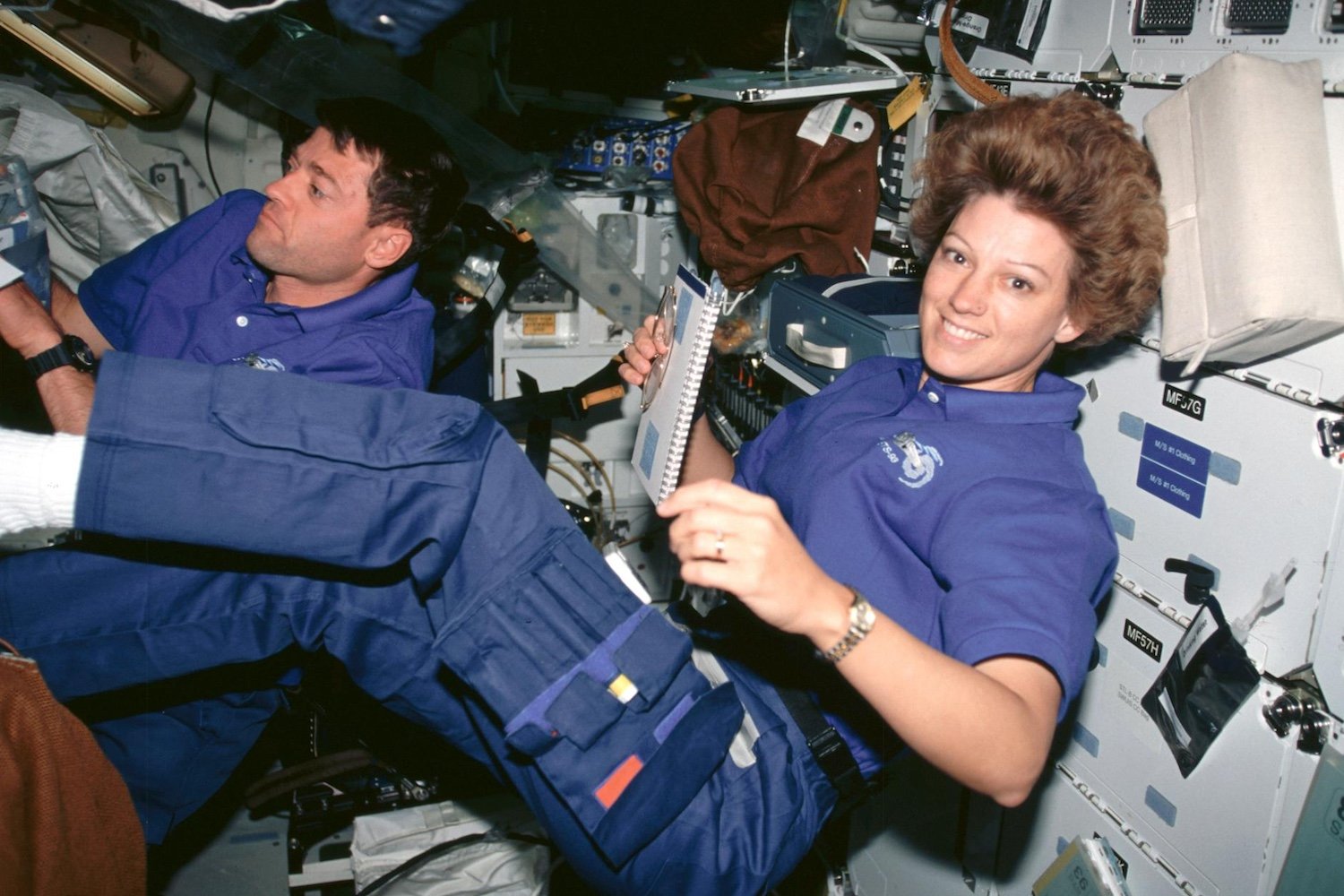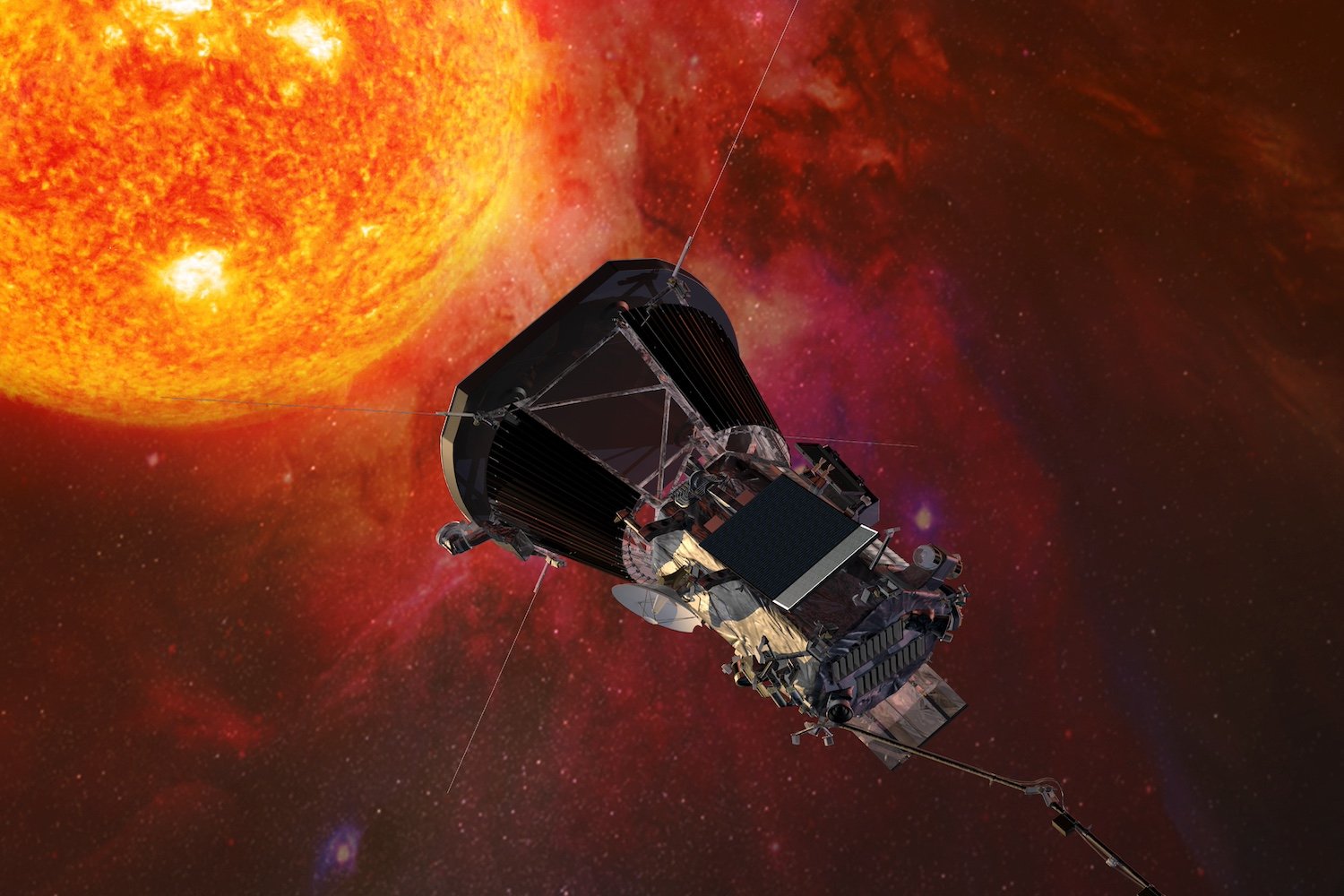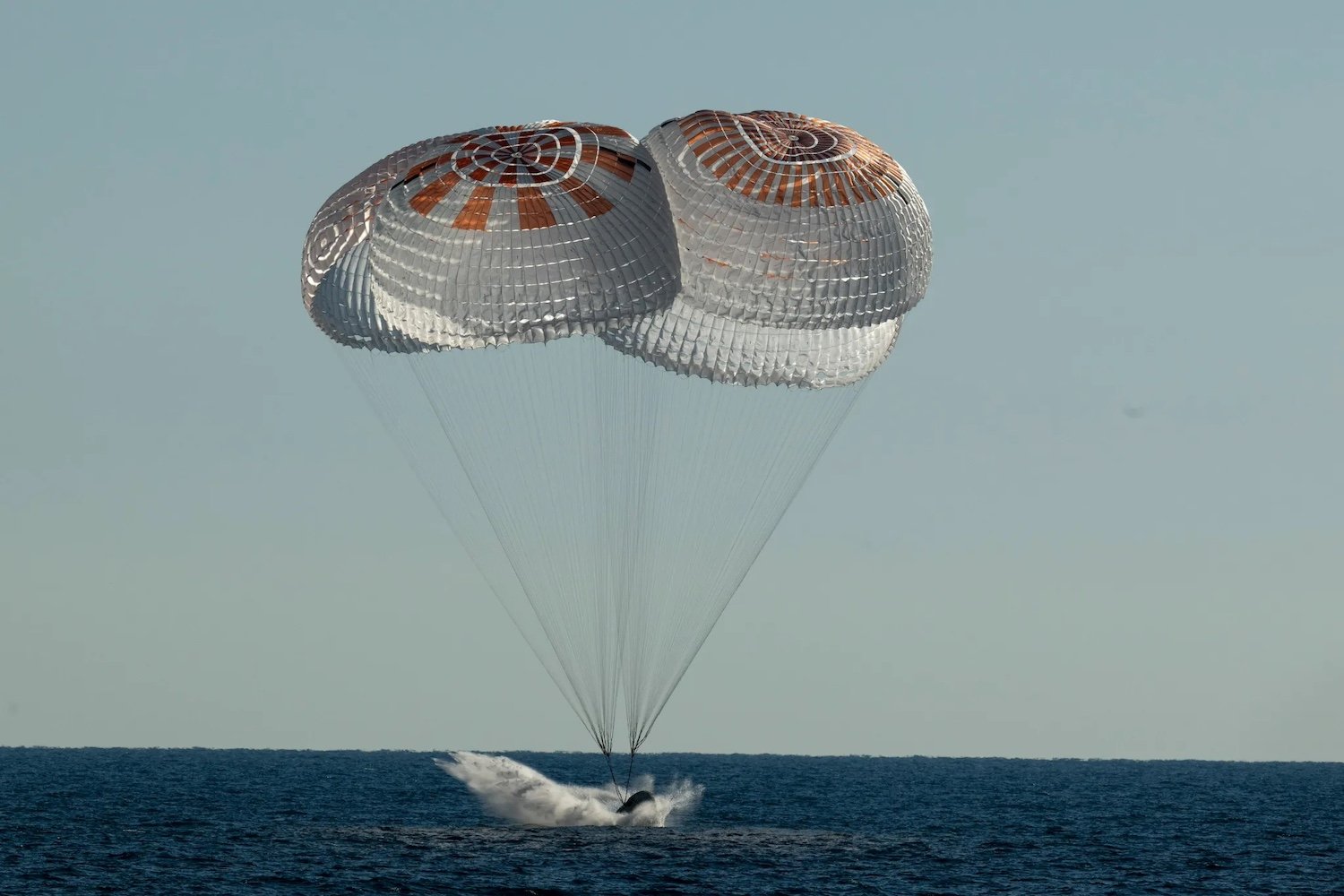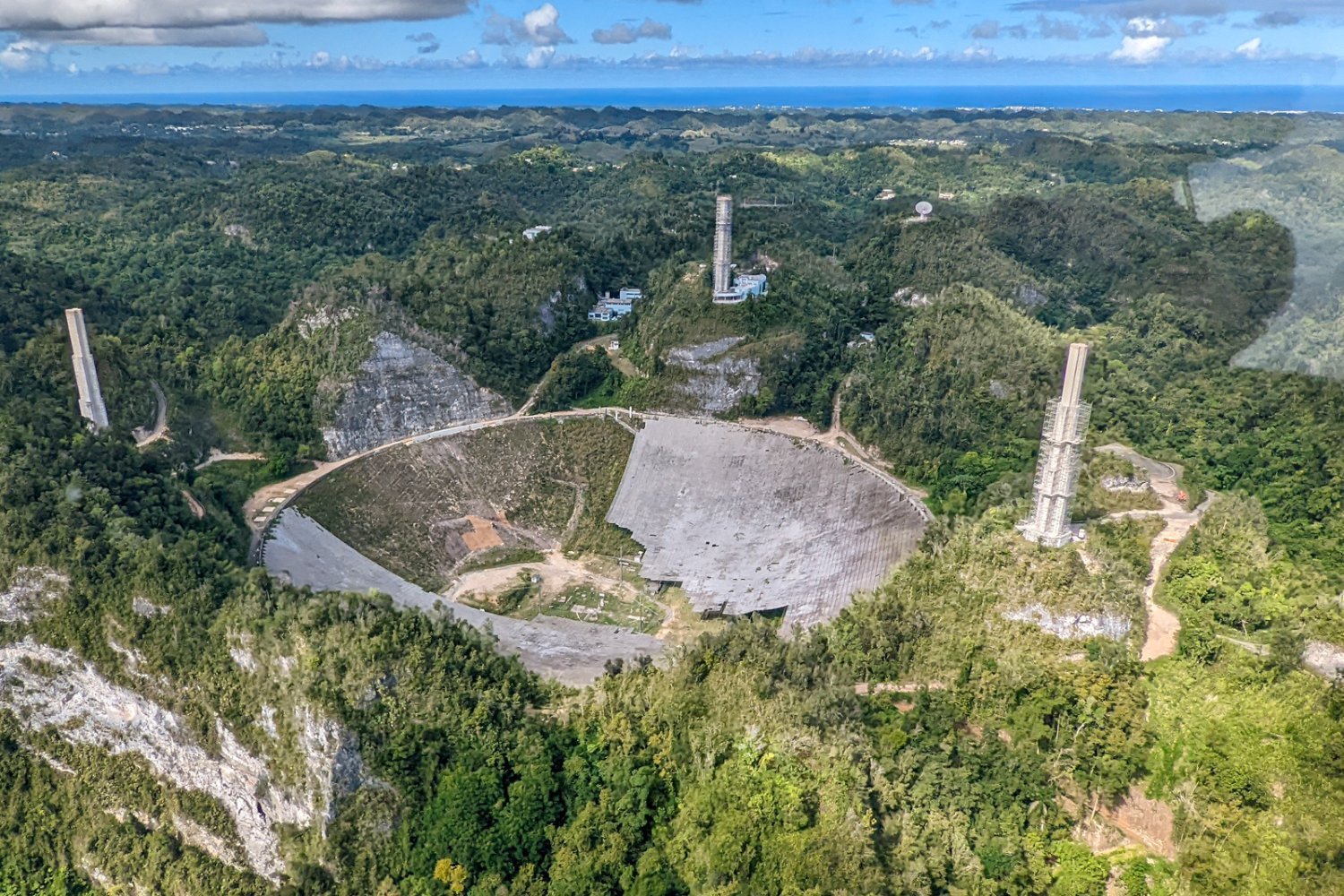SpaceX is gearing up for the sixth test flight of its Starship spacecraft, aiming for another groundbreaking attempt to catch the massive Super Heavy booster using its “Mechazilla” tower and its giant robotic arms. The launch is scheduled for Tuesday, November 19, with a 30-minute launch window opening at 5:00 p.m. ET from SpaceX’s Starbase facility in Boca Chica, Texas. This suborbital flight, following a successful booster catch just over a month ago, is a crucial step in demonstrating Starship’s reusability.
SpaceX will provide live coverage of the test flight on its website and through its X account (formerly Twitter). The livestream is expected to begin approximately 45 minutes prior to liftoff. The official announcement can be found here:
Watch Starship’s sixth flight test →
— SpaceX (@SpaceX) November 16, 2024
Adding to the anticipation, President-Elect Donald Trump arrived at Starbase to witness the launch firsthand. This visit hints at potential future collaborations between the incoming administration and SpaceX CEO Elon Musk, particularly concerning spaceflight policy and regulations.
In preparation for the launch, SpaceX transported the Super Heavy booster to the launch mount at Starbase, where the Starship upper stage will be stacked on top. This sixth test flight represents the fastest turnaround time yet for a Starship launch, occurring just over a month after the previous flight. Crucially, the Federal Aviation Administration (FAA) granted SpaceX approval for integrated flight test 5, which also encompasses this sixth flight under the same license, streamlining the launch process.
This upcoming launch follows Starship’s fifth test flight on October 13, a milestone event that saw the 232-foot-tall (71 meters) Super Heavy booster successfully caught by the Mechazilla tower’s extended mechanical arms. For the sixth flight, SpaceX will again attempt this booster catch, while also testing the Starship upper stage’s in-space maneuvering capabilities. For the first time, one of the upper stage’s Raptor engines will be reignited in space to conduct reentry and descent maneuvers.
Each Starship test flight brings the spacecraft closer to operational status, with the ultimate goal of carrying payloads into orbit. Since its inaugural, but less than successful, launch in April 2023, which resulted in a self-destruct command after an uncontrolled tumble, Starship’s performance has steadily improved.
The fourth test flight in June marked a significant advancement, with the rocket surviving peak heating and maximum aerodynamic pressure during a controlled reentry. This success paved the way for the successful reentry and booster catch in October, a feat SpaceX hopes to replicate in this sixth flight.
SpaceX’s long-term vision involves retrieving and reusing both the Starship booster and upper stage. Elon Musk, SpaceX’s CEO, has indicated the company’s ambition to catch the upper stage using Mechazilla by early next year. With a stated goal of 25 Starship launches in 2025, SpaceX is pushing for a rapid increase in launch frequency, although achieving this ambitious timeline remains a challenge.
In conclusion, Starship’s sixth test flight is a critical step towards full reusability and operational capability. The attempt to catch the Super Heavy booster for a second time, along with in-space maneuvering tests, will provide valuable data for future missions. The rapid turnaround time and the FAA’s streamlined licensing process demonstrate SpaceX’s commitment to accelerating Starship’s development. While ambitious, the ultimate goals of regular payload delivery and high launch frequency are within sight, marking a potential turning point in space exploration and commercialization.



